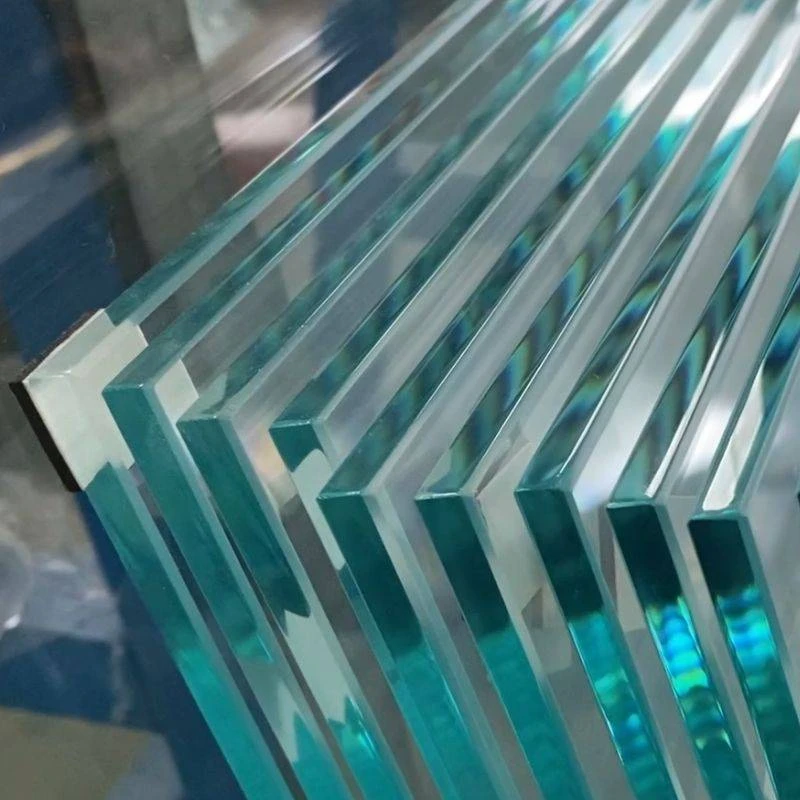

Understanding the Cost of Mirror Glass Factors and Considerations
Mirror glass is a common feature in many homes, offices, and vehicles, serving both functional and aesthetic purposes. From enhancing the perception of space in a room to adding a stylish element to a bathroom, mirror glass plays a critical role in various settings. However, when planning to purchase or install mirror glass, one key concern is often the cost. Understanding the factors affecting the price of mirror glass can help consumers make informed decisions.
The Basic Composition of Mirror Glass
At its core, mirror glass is typically made from a sheet of glass that has been coated with a reflective material, often silver or aluminum, on one side. The quality of the glass, the type of coating used, and the manufacturing process contribute significantly to the overall cost. High-quality glass with minimal imperfections will generally be more expensive, as will mirrors that undergo advanced treatments to enhance durability, weather resistance, or clarity.
Types of Mirror Glass
Several types of mirror glass are available in the market, each with its own pricing structure
1. Plain Mirror Glass This is the most common type of mirror, typically used in homes. The cost usually ranges from $10 to $50 per square foot, depending on the quality.
2. Framed Mirrors These mirrors come with decorative frames, which can vary widely in price based on materials, design, and craftsmanship. A simple framed mirror can start at around $30 but upscale designs can easily exceed several hundred dollars.
3. Decorative Mirrors These artistic alternatives feature unique styles, such as etched or frosted designs, and can cost significantly more, sometimes ranging from $100 to over $1,000 based on intricacy and brand.

4. Smart Mirrors Increasingly popular, smart mirrors integrate technology that might include LED displays, touch screens, and other digital interfaces. The cost for these can range from several hundred to several thousand dollars, depending on the features.
Factors Affecting Mirror Glass Cost
1. Size Larger mirrors obviously require more material, and thus, they cost more. Custom sizes can also incur additional fees for production and installation.
2. Thickness The thickness of the glass impacts the price, with thicker glass generally being more durable and more expensive. Most standard mirrors are around ¼ inch thick.
3. Installation The cost of installation should also be factored into the total expense. Depending on the complexity of the installation, labor costs can vary. Typically, professional installation can add $50 to $200 to the overall cost.
4. Location Where you live can affect the price as well. In urban areas, costs might be higher due to real estate prices and demand, while rural areas might offer more competitive pricing.
5. Special Features Features like anti-fog capabilities or safety backing can contribute to increased costs.
Conclusion
In conclusion, the cost of mirror glass varies widely based on several factors including type, size, thickness, and additional features. Understanding these dynamics enables consumers to make educated choices that align with their aesthetic preferences and budget constraints. Whether you are redecorating a room with a simple plain mirror, investing in decorative art pieces, or considering the latest in smart mirror technology, being aware of the various costs associated with mirror glass can help ensure satisfaction with your purchase. So, before you make that next purchase, take the time to evaluate what best fits your needs and budget, and enjoy the reflective beauty and functionality that mirror glass brings to your space.